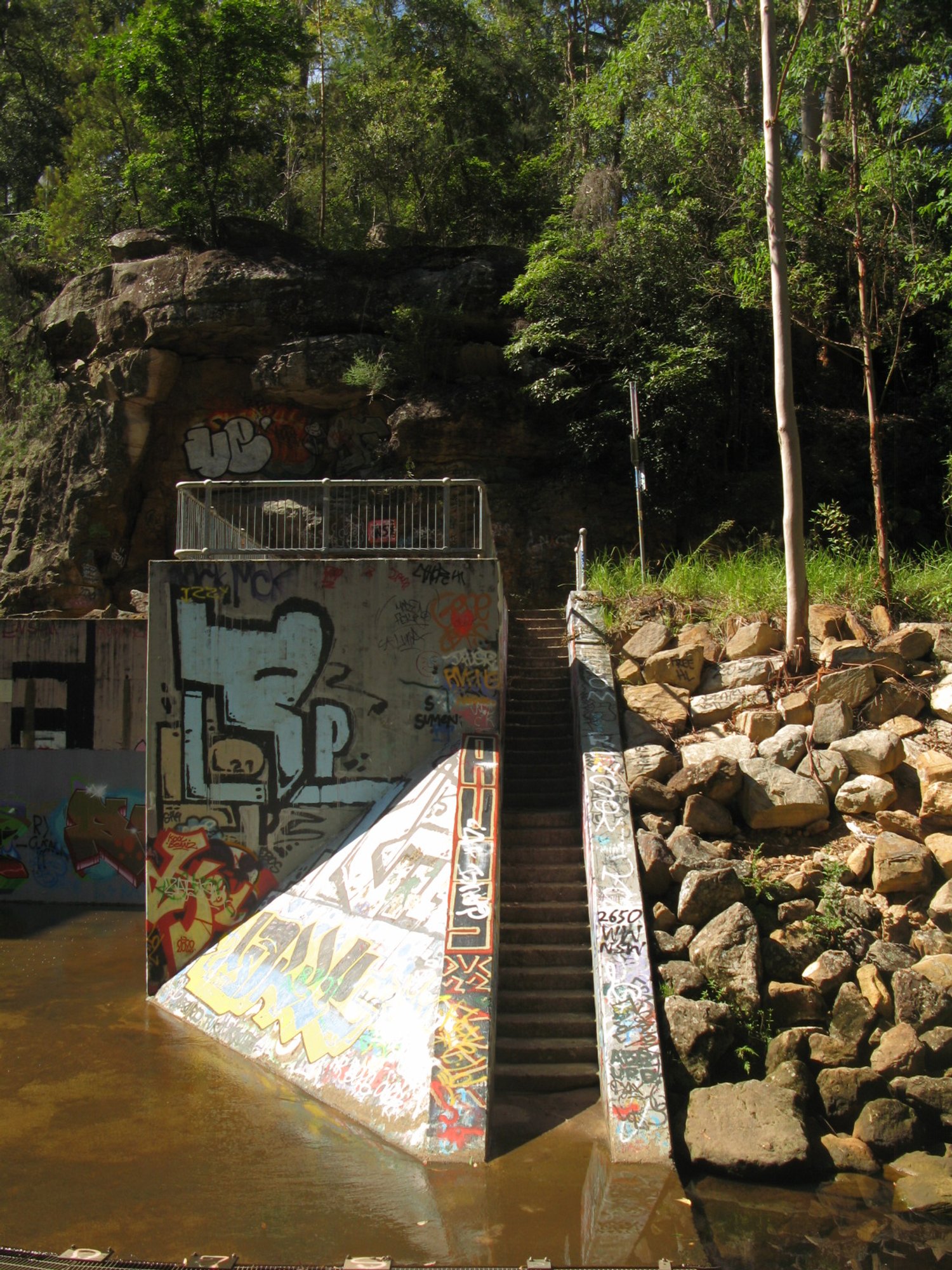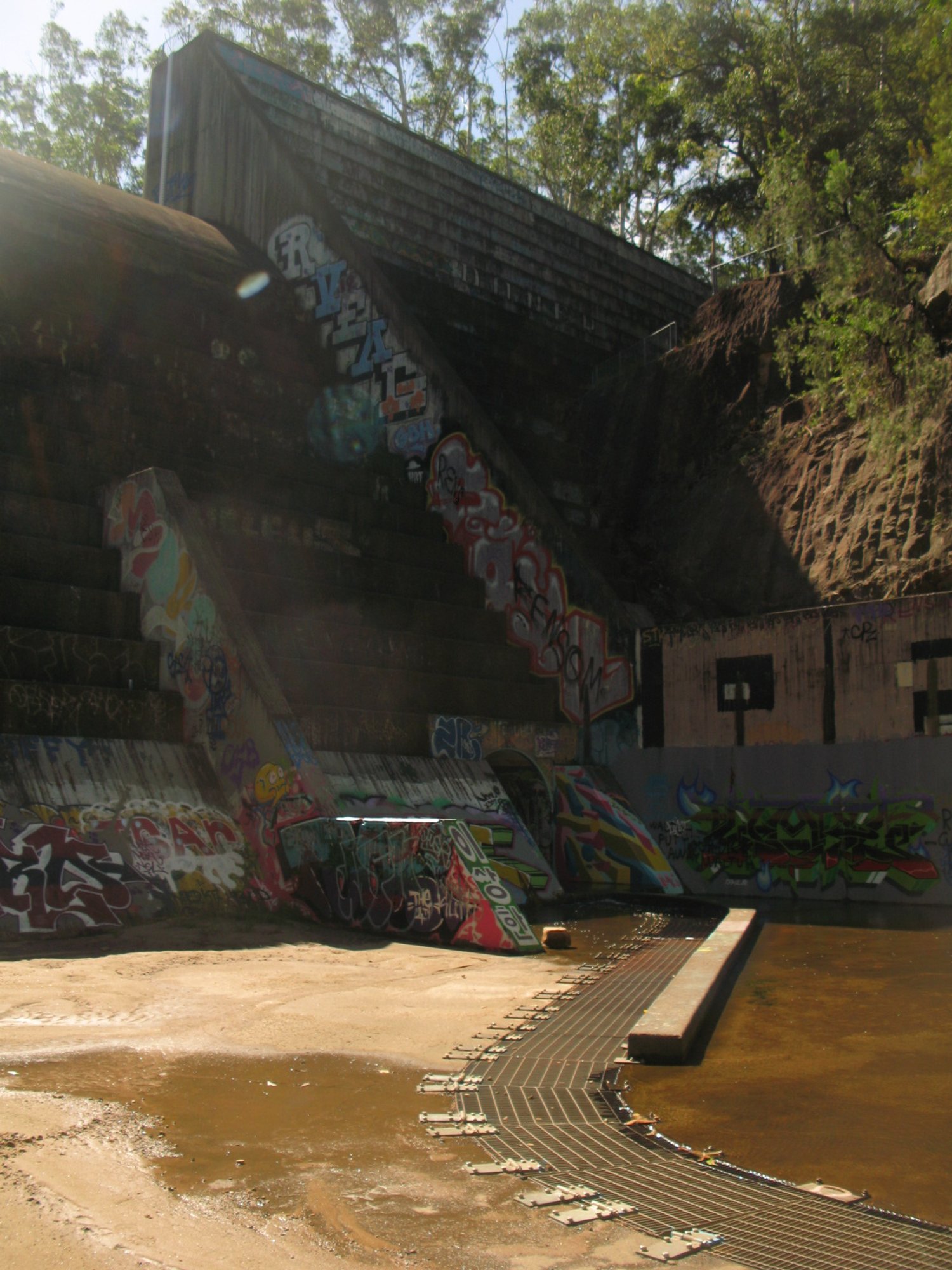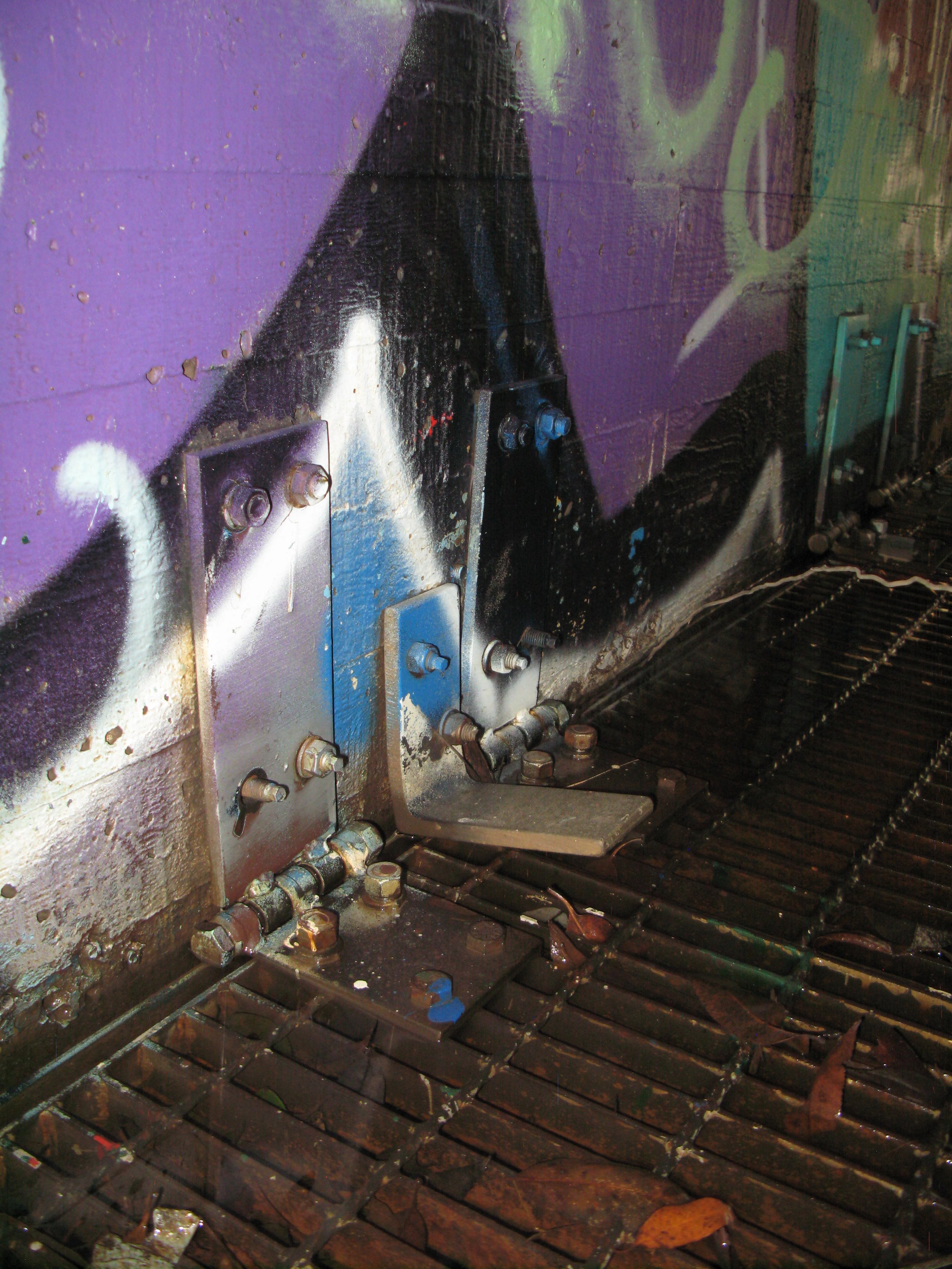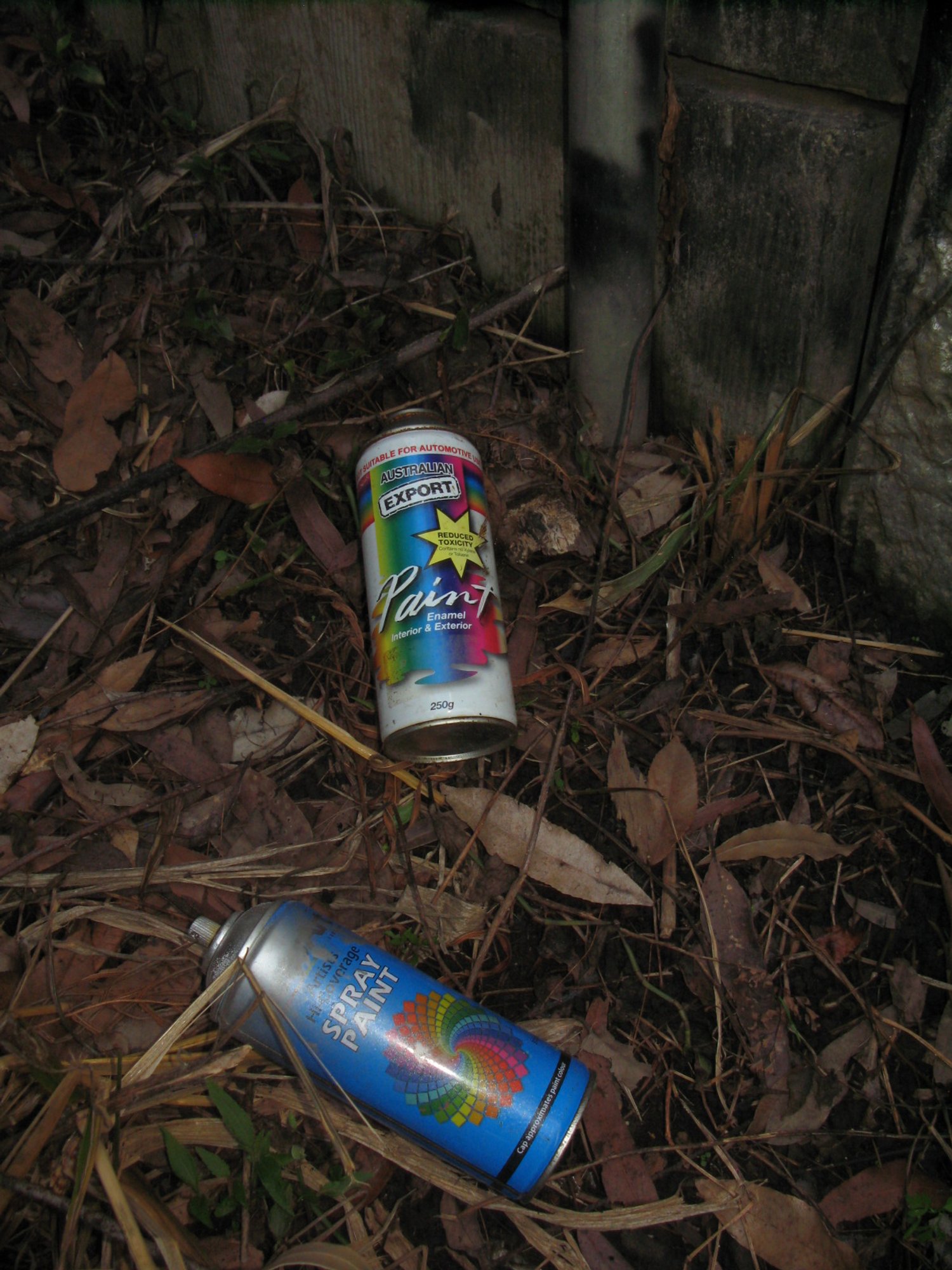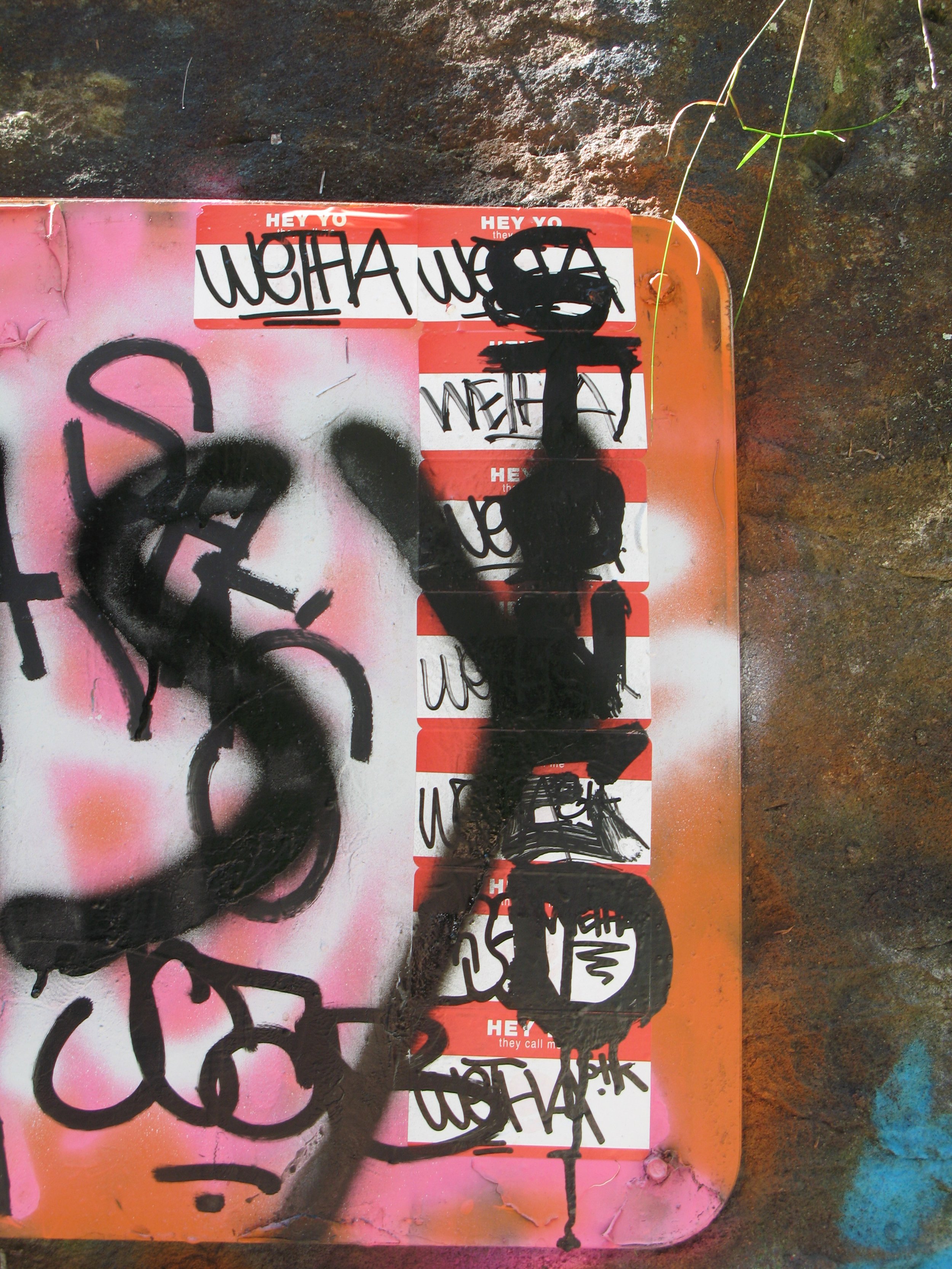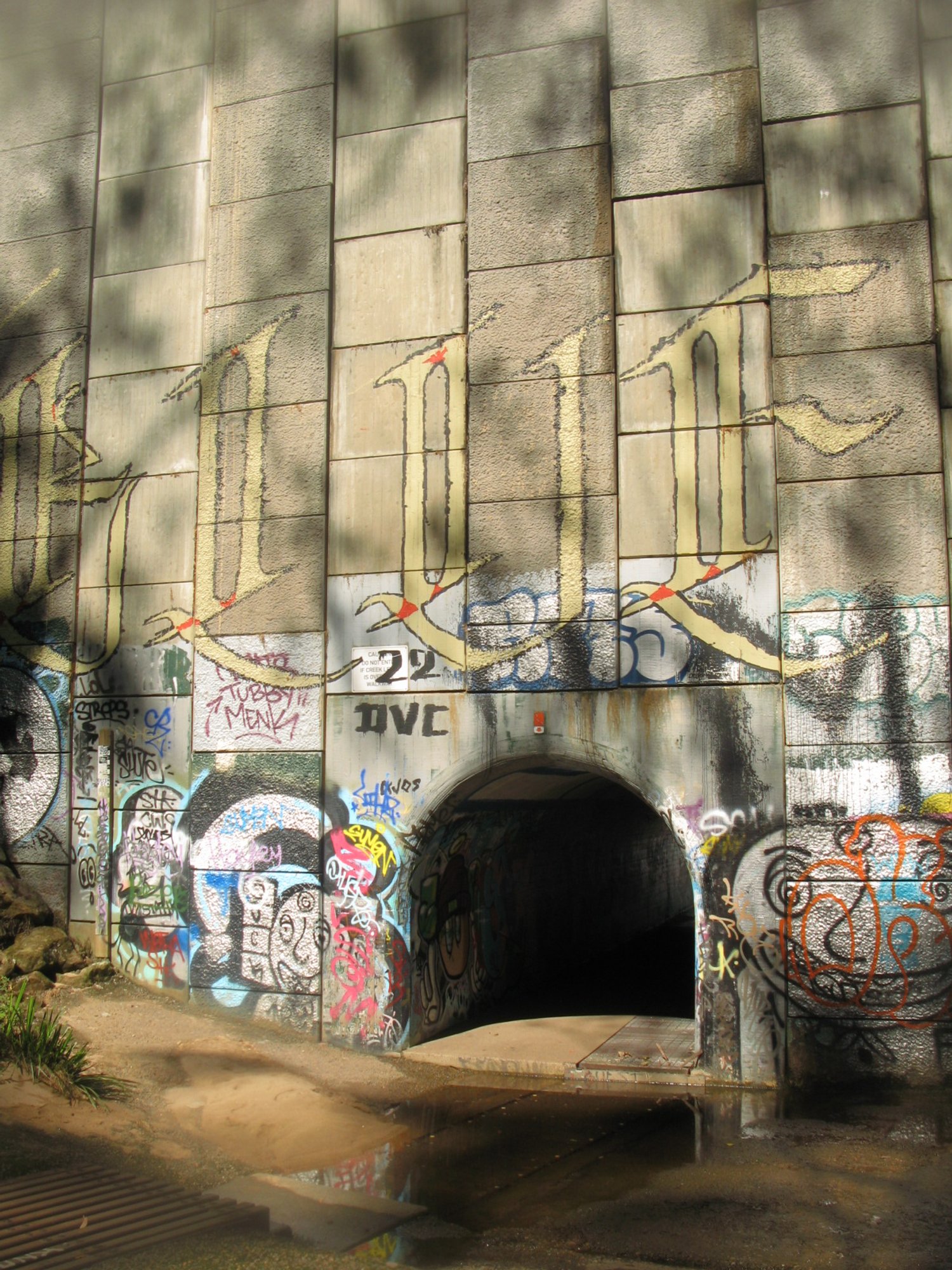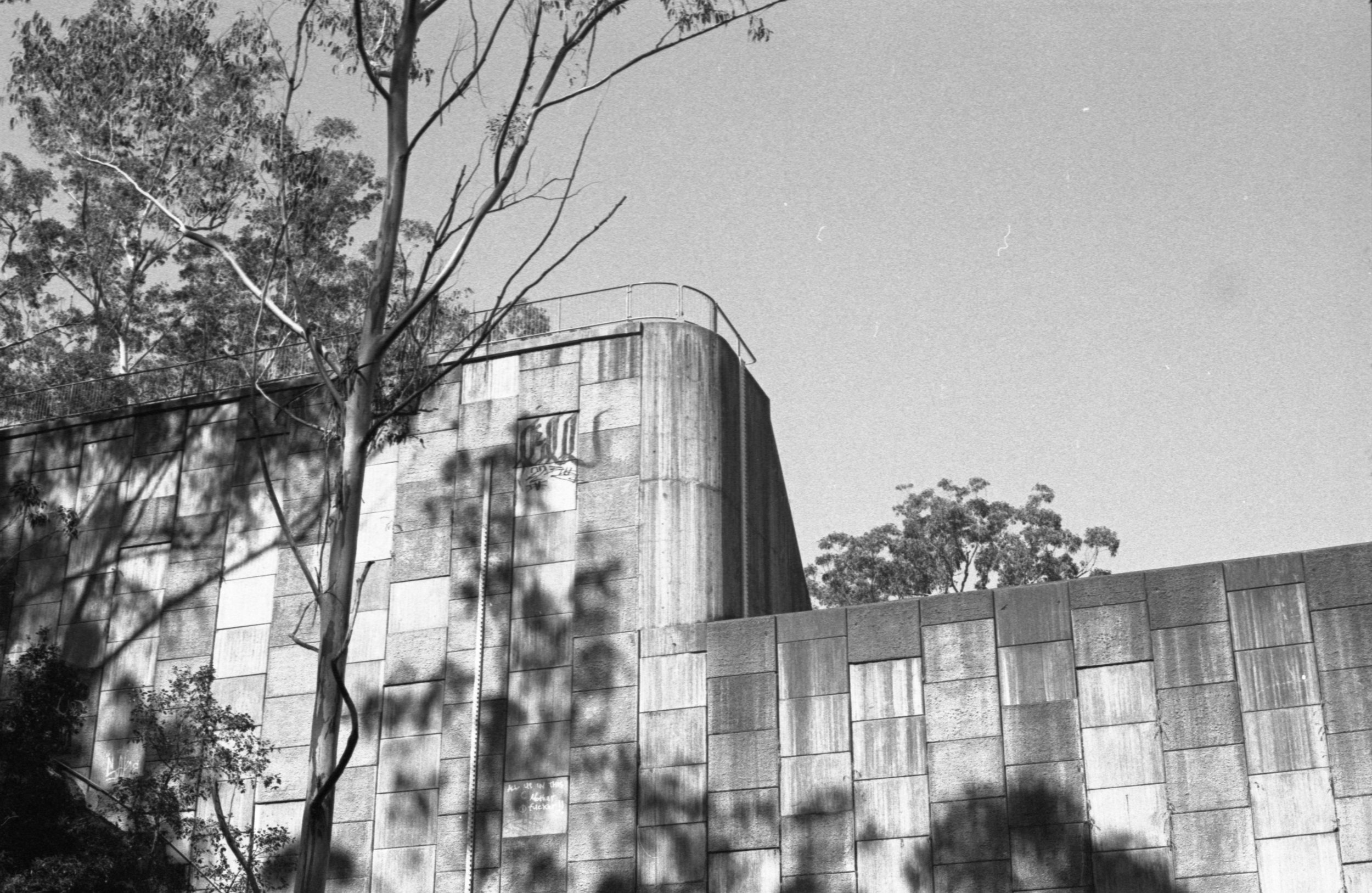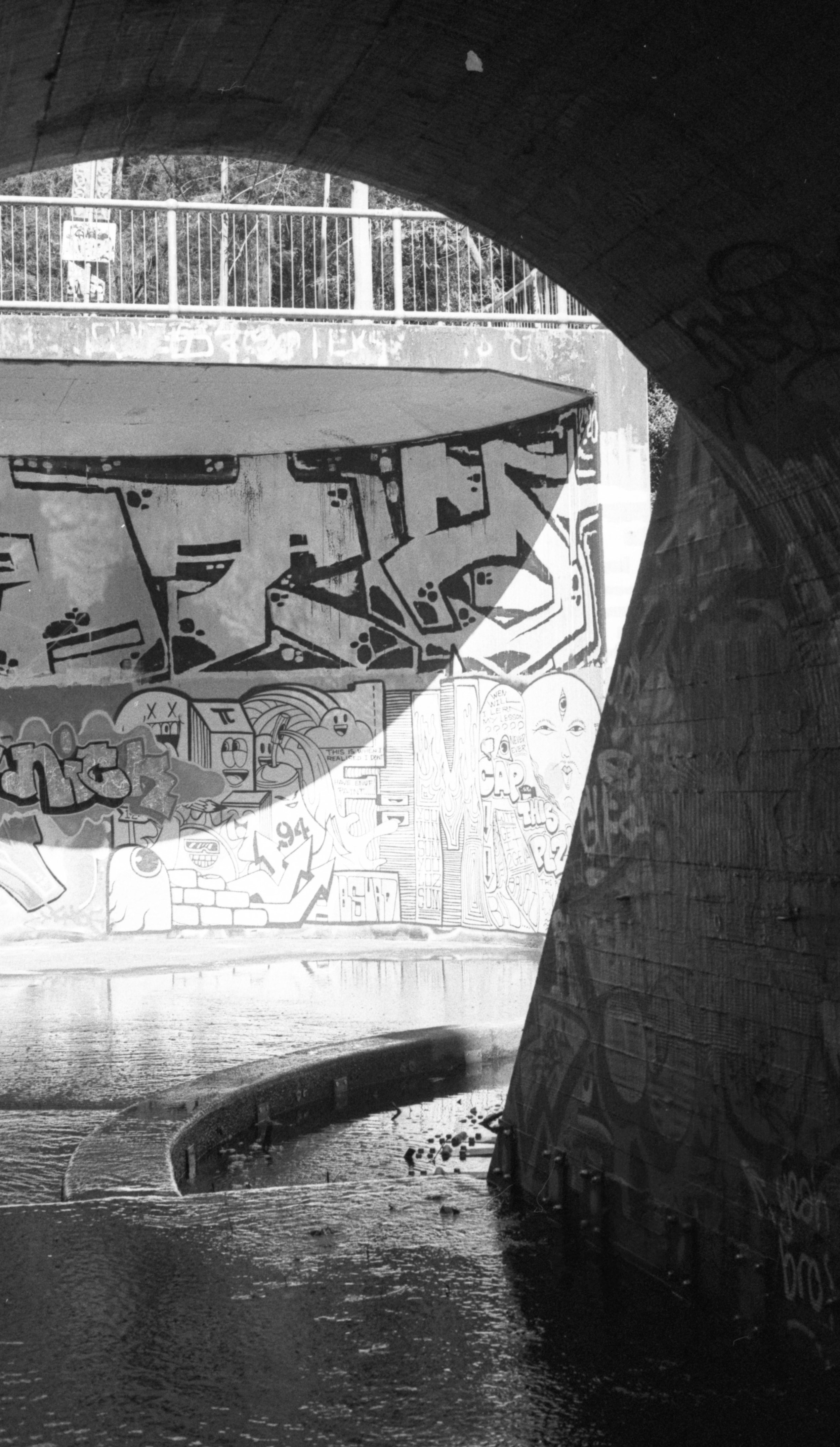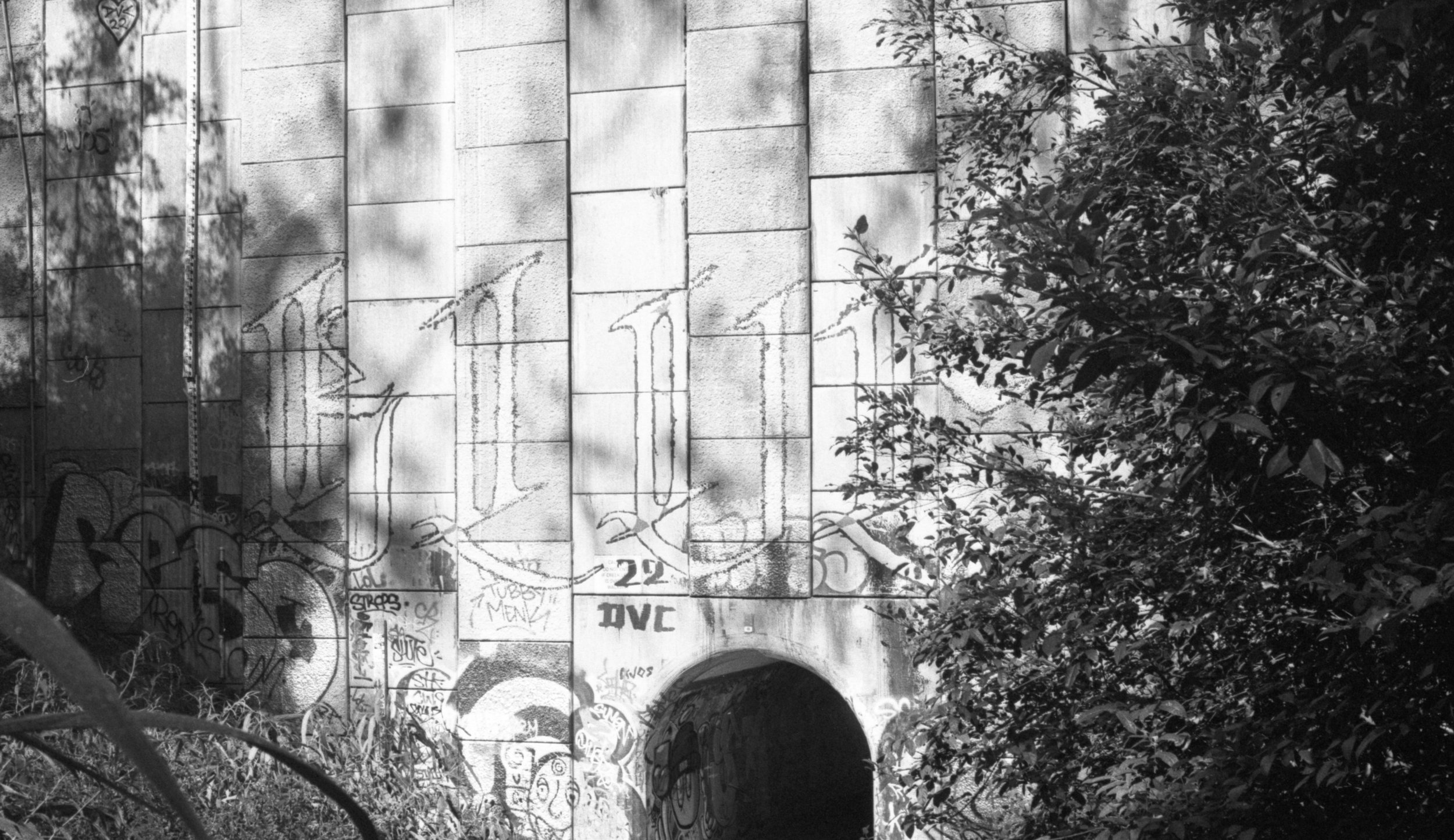We need more places like Northmead Dam
A liveable city breathes and doesn’t just survive — this is achieved through the fusion of art and its people.
Image Credit: Bonnie Huang and Wren Pearson
What makes a city enjoyable to live in? What separates a Wyoming from a Chicago, or a Lithgow from a Fitzroy? Well of course a city needs its basics, including proximity to essential services and stores, well-funded transportation and properly-maintained housing to survive. Additionally, citizens deserve to be safe and secure. Yet still, access to all these things doesn’t create a liveable city.
A liveable city has a life of its own. A liveable city breathes and doesn’t just survive — this is achieved through the fusion of art and its people.
I think of this as I sit on the stairs of Bidjidal reserve, with pages of a Murakami book between my fingers. The last time I was here, my father and I went skating through the tunnel and took photos of the street artists as they tagged the sides of the wall. I lit his cigarettes and, in turn, he showed me how to rotate the skateboard deck,as I was too nervous to go to the skate park. Each time I’ve been here, it has been for a completely different purpose, with different people who have different stories.
I first heard about the Dam through one of my friends in the area who suggested we go there for a picnic. Initially I was confused, as my knowledge of ‘dams’ up until that point consisted only of Warragamba Dam (a massive 2065GL capacity tank, located in Sydney’s South-West) — a place I had only visited once for a school excursion. My 9-year-old self appreciated how big it was, despite not particularly understanding why I was there, or what exactly a dam was.
Could something of that size and scale fit in Northmead?
And, if so, then why haven’t I heard of it?
Well, technically Northmead Dam isn’t a dam at all, but a flood retarding basin for Darling Mills Creek, which adds to its authentic character. Its role is to reduce water from spilling into the upper catchment of Parramatta river, and its surrounding areas.
As my friend and I made our way through the distinctly dam-less reserve in search of an appropriate picnic position, I started to think that we had taken a wrong turn or misread a signpost. The dam is one of those places that you can’t spot unless you actively look for it.
But once you spot it, you’re unlikely to forget it.
The large wall, which looks like a staircase to the heavens on account of its steepness, trickles down into a large concrete basin which fills with water each time it rains. However, when it is dry there is a small tunnel which connects both sides of the basin together — sparing you from the long walk around or the arduous climb over. It is partially shaded, with graffiti art along the sides of most curved walls and fences along the perimeter. The nearby staircase, leading to the bottom of the structure, is parallel to a collection of rocks and a waterbed. It is a run-down, almost post-apocalyptic basin, lined with the sorts of dense greenery that only grows after the end of the world. It’s an escape from verge-and-hedge suburbia. The rain, the overgrown forest, and the constant changing art is a reminder of its breathability, as glimpses of a liveable city. After periods of prolonged rain, some parts of the basin are full of water and the majority of its art becomes partially submerged. Whilst the dam isn’t as big as Warragamba Dam, it's still large enough to make a day of it and wander through its ruins.
Almost as interesting as the Dam itself are the many ways one can approach it. My personal favourite is through Winton Avenue (650m to the Dam), as you enter via a bridge. Another route can be found at the end of Loyalty Road (350m to the Dam), from which you enter through an incredibly steep, enclosed path. The advantage of this approach is that you reach the bottom of the basin the quickest, and you don’t need to awkwardly urbex down from the top. Other ways to find it include via Ryan Hazel Oval (2km to the Dam), the Rifle Range stairs (500m to the dam) and Ted Horward Reserve (1.8km to the Dam).
Unfortunately, there aren’t many places in Sydney like the Dam — where artists can show their work legally and councils don’t have a responsibility to maintain the ‘cleanliness’ and aesthetic of the city. But often, many councils will commission artists to produce works for public, street display. I can appreciate this art, and whilst it's often quite good, I always find it a bit awkward for it to be shown on construction site screening or an isolated wall. Street art should be immersed with other street art, not trapped within the confines of an A1 frame at a train station. The only place in Sydney like it is the Graffiti Tanks outside Casula Station. Since it’s legal to paint on the tanks, even more people paint on them than at Northmead.
Both Casula Station’s Graffiti Tanks and the Northmead Dam take something functional, and turn it into something artistic, creating a deeper purpose within the community. What’s more, these sites create a space for youth to explore their creativity in an increasingly hostile and minimalistic landscape. The art doesn’t need to be ‘good’, ‘sellable’ or ‘meaningful’, it exists just as we do without the constraints of fitting the precise aesthetic of the city. As a result, artists are able to freely express themselves, without the expectation of using expensive, high-quality materials, or having to adhere to someone else’s idea of “good”. Around sites like Northmead Dam, communities form — discovered from person to person and shared through its stories. Anyone can contribute to the art, and explore a hidden part of the urban landscape, just remember to be respectful of the structure’s integrity and the land surrounding it. After all, if not in Northmead, where else can this happen?




